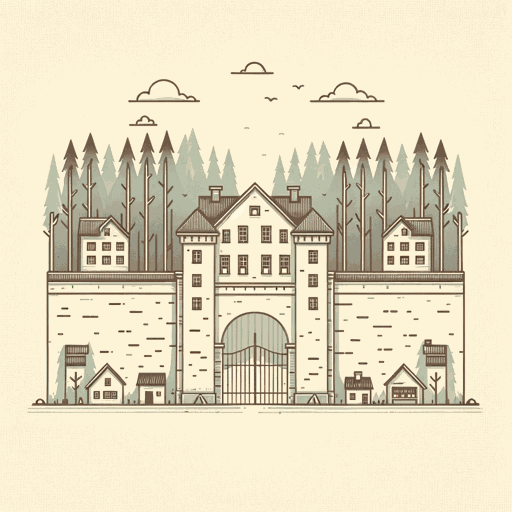59 pages • 1 hour read
Haruki MurakamiNorwegian Wood
Fiction | Novel | Adult | Published in 1987A modern alternative to SparkNotes and CliffsNotes, SuperSummary offers high-quality Study Guides with detailed chapter summaries and analysis of major themes, characters, and more.
Background
Authorial Context: Haruki Murakami’s Life and Work
Born in Kyoto in 1949, Haruki Murakami is one of Japan’s best-known contemporary writers. His dreamy, surrealist style intrigued readers worldwide with novels like Hard-Boiled Wonderland and the End of the World (1985) and The Wind-Up Bird Chronicle (1995). Norwegian Wood departs from that style, and its more straightforward approach makes it an outlier in Murakami’s body of work. Based on the short story “Firefly,” which appears in his collection Blind Willow, Sleeping Woman (2006), Norwegian Wood is missing much of Murakami’s signature supernatural feel, focusing instead on love, loss, and the struggles of growing up and finding one’s identity. It is, in the author’s words, a “straight, simple story” (295). Nevertheless, the novel is one of Murakami’s most popular. It catapulted him into literary stardom, expanding his readership so much that Murakami moved out of Japan to avoid being recognized.
Although Murakami resists referring to Norwegian Wood as autobiographical, he admits to having “borrowed” details from his own life, and there are many parallels between the novel and the author’s biography. Like Toru Watanabe, Murakami grew up in Kobe and moved to Tokyo, where he was a freshman drama major in 1968. His university was closed due to student protests, which he, like Watanabe, didn’t participate in.
Related Titles
By Haruki Murakami

1Q84
Haruki Murakami

After Dark
Haruki Murakami

A Wild Sheep Chase
Haruki Murakami

Blind Willow, Sleeping Woman
Haruki Murakami

Colorless Tsukuru Tazaki and His Years of Pilgrimage
Haruki Murakami

Hard-Boiled Wonderland and the End of the World
Haruki Murakami

Kafka on the Shore
Haruki Murakami

Killing Commendatore
Haruki Murakami

South of the Border, West of the Sun
Haruki Murakami

Sputnik Sweetheart
Haruki Murakami

The Elephant Vanishes: Stories
Haruki Murakami

The Wind-Up Bird Chronicle
Haruki Murakami, Transl. Jay Rubin

What I Talk About When I Talk About Running
Haruki Murakami

